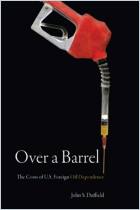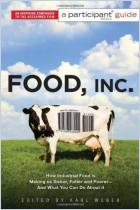加入 getAbstract 阅读摘要

加入 getAbstract 阅读摘要
Paul Tullis
How The World Got Hooked On Palm Oil
The Guardian, 2019
看看什么内容?
What masquerades under 200 different names and is quietly destroying the environment?
Recommendation
How many of the products that you use everyday are produced locally? If you’re a typical consumer, the answer is few to none. The vast majority of production happens far from the prying eyes of nosy consumers, and as a result, few products are created ethically. If you saw the exploited workers, beleaguered animals, burned trees and pollutants released in the name of your favorite products, you’d likely demand change. But since the mayhem happens far from your neighborhood, consumption will continue. So it is with palm oil. Consumers of palm oil (read: everyone) should take note of Paul Tullis’s Guardian article.
Summary
About the Author
Paul Tullis has written for The New York Times Magazine, Wired, Scientific American, The Atlantic, Slate and Time.





















Comment on this summary